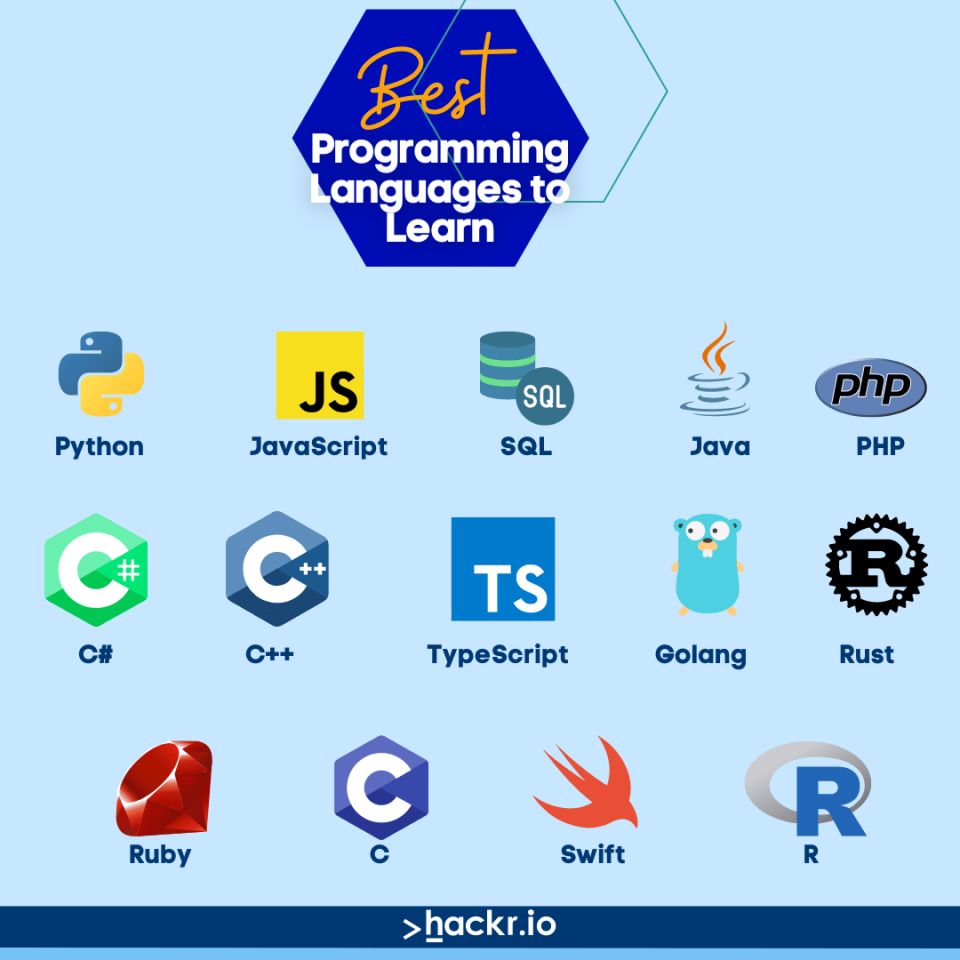Programming Language
**1. ** Historical Evolution:
Programming languages have evolved since the inception of computers. The first generation languages, such as machine code and assembly language, were low-level and closely tied to hardware. As computers advanced, high-level languages like Fortran and COBOL emerged in the 1950s, making programming more accessible.
**2. ** Types of Programming Languages:
Low-Level Languages: Include machine code and assembly language, providing direct control over hardware. They are less readable for humans.
High-Level Languages: Such as Python, Java, and C++, abstract away hardware details and focus on readability and ease of use.
**3. ** Paradigms:
Imperative Languages: Specify how a program should achieve a result through detailed statements. Examples include C and Pascal.
Declarative Languages: Describe the desired outcome without specifying the detailed steps. SQL is a declarative language for database queries.
Object-Oriented Languages: Organize code around objects, promoting modularity and reusability. Java and Python are widely used object-oriented languages.
**4. ** Popular Programming Languages:
Python: Known for its simplicity and versatility, Python is widely used in web development, data science, and artificial intelligence.
JavaScript: Essential for web development, JavaScript enables dynamic and interactive web pages.
Java: Renowned for its portability, Java is used in enterprise applications, mobile development (Android), and web back-end systems.
C++ and C#: Commonly employed for system-level programming (C++) and Windows application development (C#).
**5. ** Domain-Specific Languages (DSLs):
Designed for specific tasks or industries, DSLs streamline development in particular domains. SQL is a DSL for database queries, and HTML is a DSL for web markup.
**6. ** Scripting Languages:
Scripting languages like Python and Ruby are interpreted at runtime, offering rapid development and flexibility.
**7. ** Interpreted vs. Compiled Languages:
Interpreted Languages: Code is executed line by line. Python and JavaScript are examples.
Compiled Languages: Code is translated into machine code before execution. C and C++ are compiled languages.
**8. ** Concurrency and Parallelism:
Concurrency: Managing multiple tasks simultaneously. Languages like Go and Erlang facilitate concurrent programming.
Parallelism: Simultaneous execution of multiple computations. Languages like CUDA enable parallel processing for GPUs.
**9. ** Memory Management:
Manual Memory Management: Programmers control memory allocation and deallocation (C and C++).
Automatic Memory Management: The system manages memory, reducing the risk of memory leaks (Java, Python).
**10. ** Open Source Languages:
- Many programming languages, including Python, Ruby, and PHP, are open source, fostering collaboration and community-driven development.
**11. ** Future Trends:
- Machine Learning Languages: With the rise of AI, languages like Python with extensive ML libraries are gaining prominence.
- WebAssembly (Wasm): A binary instruction format enabling high-performance execution on web browsers.
**12. ** Conclusion:
Programming languages are the foundation of software development, offering diverse options to cater to various needs. From low-level machine code to high-level scripting languages, each serves a unique purpose, reflecting the ever-evolving landscape of technology and the diverse requirements of developers worldwide. Understanding the strengths and weaknesses of different languages empowers programmers to choose the right tool for the job, ultimately contributing to the advancement of the digital world.
For more visit here




Comments